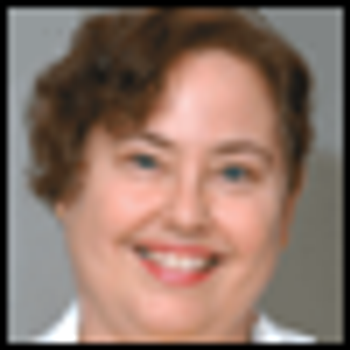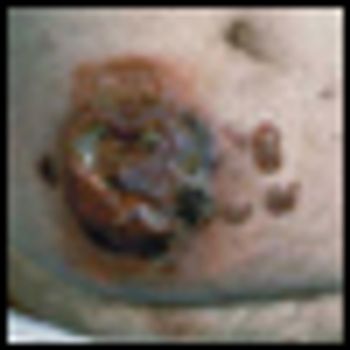
Bruce Cheson, MD, has become chair of the Lymphoma Research Foundation Scientific Advisory Board. Dr. Cheson is professor of medicine, head of hematology, and director of hematology research at the Lombardi Comprehensive Cancer Center at Georgetown University Hospital in Washington DC. His two-year term as chair began in July 2010.


















































































